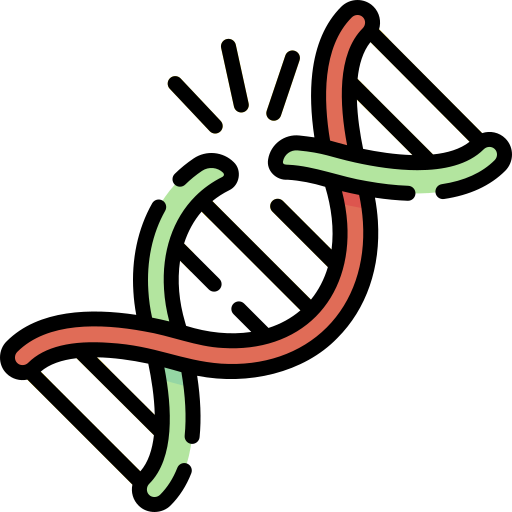About Skeletal Dysplasias
SD stands for Skeletal Dysplasias: a group of more than 450 rare conditions associated with disorders of cartilage and bone, causing varying degrees of short stature. Even if each skeletal dysplasia is quite rare, collectively the incidence is almost 1/5000.
Achondroplasia is the most commonly occurring one and, has an approximate frequency of 1 in 20,000-30,000 live births. Nowadays, this variant affects approximately 250,000 people worldwide.
Although most cases present at birth, some are diagnosed during their early infancy. Newborns often have different relative limb proportions including head, thorax and hands. When it comes to adults, the average height of a male with achondroplasia is 131 centimeters, whilst is 124 centimeters for females.

The condition is inherited as an autosomal dominant manner with up to 80% individuals having parents with average stature, thus 90% of children with achondroplasia have no record in their families. It is caused by a Fibroblast Growth Factor Receptor 3 heterozygous pathogenic variant, which encodes linear bone growth. It does not usually cause cognitive limitations. However, it can also have additional health-related complications such as obstructive sleep apnea, middle ear dysfunction, kyphosis, and spinal stenosis.
The prevalence of the different skeletal dysplasia depends on genetics and varies across countries. For instance, in Finland, the most common – even more than achondroplasia – is diastrophic dysplasia. Other common ones around the world are cartilage-hair hypoplasia or hypochondroplasia. Their effects vary in each case, and so do the genetics involved, but all of them cause restricted growth in the individuals.
In addition to the health problems associated with these conditions, it should be taken into account that they have an impact on all spheres of people’s lives. The social stigma associated with short stature, in the case of achondroplasia, is an important factor of discrimination. Often these conditions are not understood and addressed as they should be during childhood, or in the academic and work environment. More efforts should also be made in terms of adapting spaces and products to facilitate the lives of these people, who face numerous challenges in their daily lives in accessing certain services.